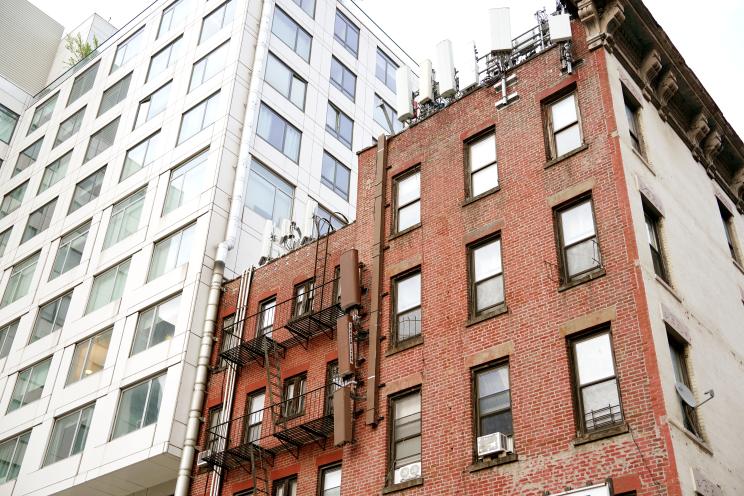Tenants and owners in every neighborhood of New York City are suffering the effects of years of economically damaging housing policies and underfunded rent increases.
That’s why there’s so much at stake when the Rent Guidelines Board votes later this month on rent adjustments for one million rent-stabilized apartments in the five boroughs.
RGB-generated data reveals a more than 10% increase in the number of financially distressed rent-stabilized buildings compared to last year — thousands of buildings across the city.
“Distressed” buildings are properties that need significant physical renovations and repairs, as well as buildings where rental income can’t meet the high costs of maintenance, real estate taxes, government compliance, interest rates and other operating expenses.
This doesn’t bode well for the area’s largest segment of affordable housing, for renters and owners, or for the city’s financial solvency.
Landlords have always relied on annual RGB rent increases to maintain aging buildings and meet operational expenses and government-mandated costs.
But RGB rent adjustments, for more than a decade, have failed to keep pace with inflation.
There’s no help coming from Albany, either: State officials and lawmakers are the reason rent-stabilized housing is in this mess.
The economically ruinous rent laws of 2019 and the more recent good-cause eviction law combine to cap a building’s only income, its rent rolls, without providing corresponding reductions in operating expenses and costly mandates.
In other words, landlords are depending on the RGB to increase the revenue their rent-stabilized buildings desperately need
The property tax on Alison B.’s small building in Manhattan’s Yorkville neighborhood has increased 8% or more in each of the last seven years, but her stabilized apartments have averaged less than 2% annual rent increases over that same period.
Alison can’t afford to replace her building’s aging roof and keep up with repairs.
To add insult to injury, she knows that most of her tenants are six-figure earners with country getaway homes, yet they benefit from the subsidy of rent-stabilized rents — which aren’t means-tested.
Most owners follow the sensible business model of reinvesting in their properties and maintaining full tenant occupancy.
But bad housing policies and less-than-adequate rent adjustments have created a culture of disinvestment in rent-stabilized buildings, most of which are at, or approaching, the century mark and need upgrades to their aging and constantly failing electrical, plumbing, façades, roofing and other major systems.
More than 75% of NYC apartments in buildings with six to 20 units are in desperate need of upgrades, yet apartment improvements have declined by 77% since 2019 — the same year that new state laws severely limited rent increases that would have covered these costs.
Cheryl J. owns one of these older buildings, a low-rise with fewer than 10 apartments on the Upper West Side.
Months ago, a tenant skipped without paying the $30,000 he owed Cheryl in back rent. The tenant left the unit in terrible disrepair, requiring tens of thousands of dollars to renovate — money that Cheryl doesn’t have, because the building’s rental income barely covers the basics.
The apartment remains vacant.
Rent also goes toward operational costs, which RGB data shows increased by 14% this year.
Insurance costs alone are up 21.7%, and compliance with 27 city government mandates — such as lead paint requirements and carbon footprint reduction — costs hundreds of thousands of dollars a year.
Marcelo B. says rental income on his family-owned 6-unit, 100-year-old building in Sunnyside, Queens doesn’t keep up with constant repair and compliance costs, while Sarah C., who owns a small building in Crown Heights, Brooklyn, says Housing Court backlogs leave her with little recourse in collecting over two years of back rent owed by one-third of her tenants.
Financially distressed buildings are a weight on the city.
The city Department of Finance last month reported that property tax delinquencies of rent-stabilized buildings rose 26% over the past two fiscal years.
In addition, disinvestment reduces property values, which translates into the loss of billions of dollars in city tax revenue.
For the sake of tenants, owners and the city’s financial stability, the RGB rent vote on June 17 must consider rent adjustments that would be a first step in the long road toward saving New York City’s affordable housing.
Joseph Strasburg is president of the Rent Stabilization Association, whose members own and manage over one million rent-stabilized apartments in the New York metro area. Kelly Farrell is an RSA policy analyst.
